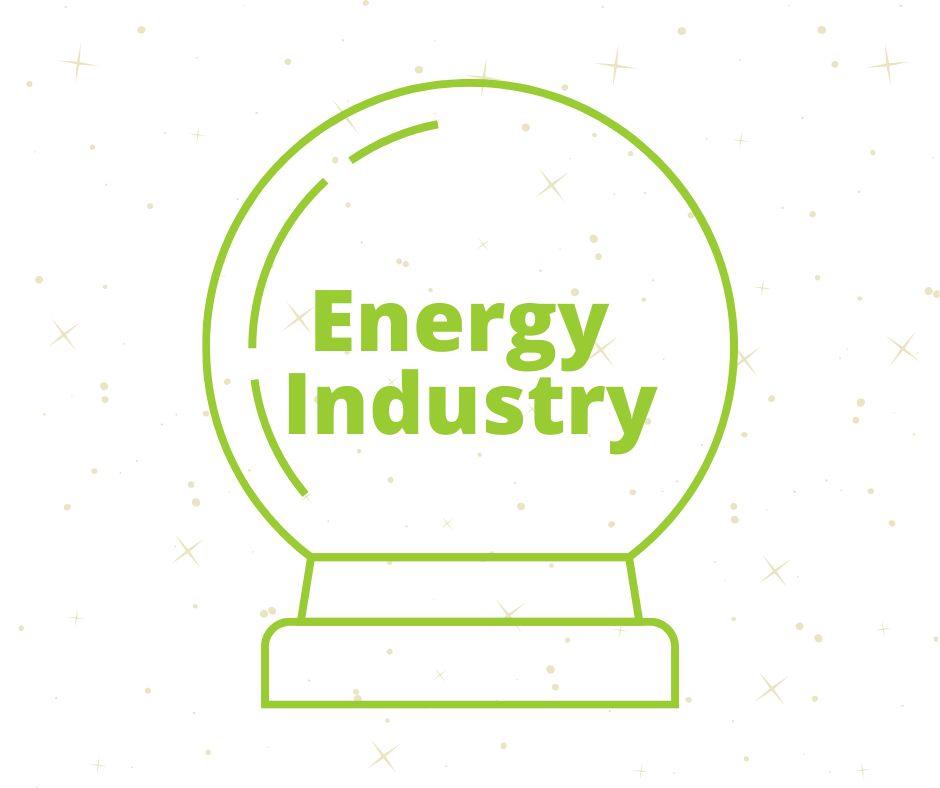
If it’s worth doing, it’s worth doing now. That quasi-cliché is why I have never had a New Year’s resolution, and I’m not going to start in 2021, but I can review the past and forecast (guess) the future. Soothsaying is part of my job, and I’m at least as accurate as next week’s weather forecast.
At the start of 2020, we had just reorganized, defined who we are, what we do, and why we do it. Sounds simple, right? What is your personal purpose? What do you value? What makes you tick? Keeping it concise is very hard. Our purpose is to minimize waste and maximize value. It doesn’t matter to me whether the waste is energy, time, emissions, or materials. Value is maximized when assets of any sort, human, equipment, capital, or infrastructure, are leveraged to their fullest potential. These are good because they jibe with what is happening in our industry.
Brief Industry History
For example, for almost 30 years, our industry-focused on saving Btus (energy) in the form of extracted fuels. It didn’t matter when it was saved. In recent years, and especially now as the country approaches 10% renewable electricity[1] supply and approaching 40% in some states, it’s more about demand management, matching demand with supply, and not the other way around. We need to maximize the value of those intermittent generating assets by soaking up their production.
Balancing Demand with Supply
1) The industry is not only shifting to when energy is used, but utilities will be seeking to build load and demand for their product. That’s what “beneficial” electrification is. I like a better term for that: something like “fuel optimization.” That is a term the trucking industry seems to have taken over, but there are vestiges of the term on MassSave® documents.
2) Besides balancing demand to supply, utilities need to balance profit and prices. Profits are derived from the rate base (transmission/distribution), and the value comes from smearing that cost over as many kWh as possible (lower prices). This is a big challenge with large slices of renewable energy coming online.
3) I can see a need for behind-the-meter equipment to soak kWh at the right time of day, week, and weather conditions. For example, I chose to have my cable and internet provider own the router, DVR, and all that crap. I don’t want to deal with finding the right equipment and making it work. I like doing certain things myself, like landscaping (I try), lawn care, trimming trees, and even some painting. But shopping and dinking around with electronics – nada. Do ya think there could be demand for “you take it” HVAC and whatnot behind the meter, as with cable companies supplying equipment? Who is positioned, well-capitalized, with a billing system to handle it? Hmmm.
4) Another way to balance demand with supply is demand response, as I wrote in How About Some D in DSM? I’m not talking about grandpa’s direct-load-control switches that cycle air conditioners on hot days. I’m talking about things like time of use and demand rates for all, not just the largest commercial and industrial energy users.
5) There will be many growing pains with this because people don’t like their cheese moved, and there will be winners and losers. Even in deregulated markets, there are winners and losers from a dollar perspective. Users that are risk-averse or don’t want to manage their energy pay more. Interveners from all directions will jam all the logs, sticks, two-by-fours, and crowbars they can find into the cogs of this movement.
The Covid Pause Button
6) Will Covid have any lasting impacts on our industry? It depends on the words “lasting” and “impacts.” Will everything be virtual, even after we return to the insanity of, say, having a beer at the bar with a friend? No. Video conferences will return to being merely one step better than phone calls, but not as good as chat platforms for those who may not know how the smartphone got its name. We humans may not be as sociable as a wolfpack, but even hermits like me would rather get together with friends, colleagues, and business acquaintances in person than interrupt each other an average of 36 times per hour on Zoom call. “Go ahead. Oh no, you go. {silence, simultaneous talk} I was just going to {interruption}” and then finally someone takes control and powers through anyone else’s interjections with what they wanted to say.
7) In the next year, I feel the pinch of utilities to decrease costs for program implementation and evaluation. I haven’t seen data recently, and it may not publicly exist yet because we’re only in month 10 of the pandemic, but unit sales must be lower and arrearages higher than average. That means cost-cutting across the board, in my experience.
8) In an unscientific poll of colleagues, remote or virtual data collection for audits and evaluation will likely be limited to residential and some small commercial applications. Why? 1) We’re social animals, 2) it’s awkward to give dozens, if not hundreds of questions and commands remotely to strangers; they are not machines, and 3) even a thorough game of Simon Says will leave a skilled field person with half of what they’d get in person, in three dimensions, with five senses. We continue to do our meaningful work at customer facilities.
[1] Wind and solar.
